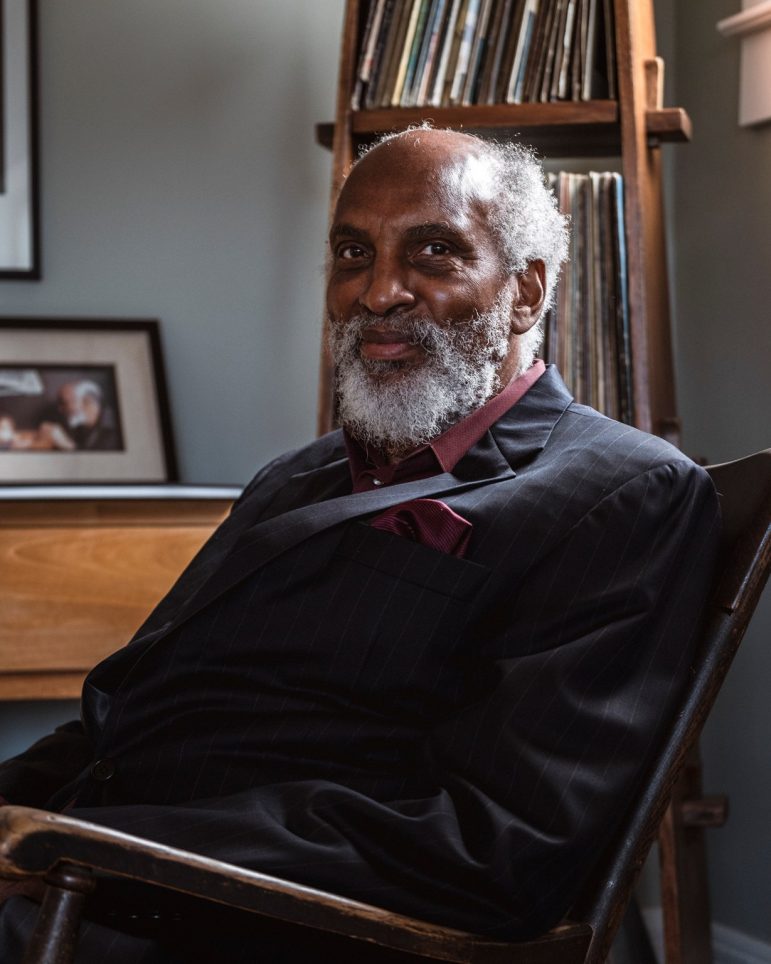One in five Latinos in California live in poverty, the highest of any demographic group. Black students trail all other racial and ethnic groups in reading and math proficiency. And Native Americans are worse off today, with an average life expectancy eight years shorter than a decade ago.
Despite a suite of well-intended policies aimed at improving education, health and economic outcomes for disadvantaged groups, California’s racial inequalities aren’t getting smaller. Often, they’re growing.
That’s prompting some researchers to rethink how they approach policymaking.
Generally there have been two approaches to tackling inequality: One known as universalism pushes for every worker to receive the same benefit, such as Social Security and minimum wage. The other is known as targeted policy because it proposes to benefit disadvantaged groups, such as affirmative action to get more students of color into college or Medicaid, which provides health insurance to the very poor.
But both have shortcomings, says Stephen Menendian, research director at UC Berkeley’s Othering & Belonging Institute. Targeted policies that distribute the bulk of benefits to specific groups are less popular and can exclude other groups also in need of support. Meanwhile, universalism fails to address existing disparities between different groups of people.
Menendian is one proponent of a hybrid approach called targeted universalism. Supporters say it is more complex and requires more planning but it holds promise to address racial, class and geographic inequality. Some say it could even reduce partisanship.
But few understand this novel policy approach and fewer know how to implement it. So might targeted universalism work?
What is targeted universalism?
Targeted universalism is a middle ground between universal policies that treat everyone equally and targeted policies that often exclude many.

john a. powell, director of the Othering & Belonging Institute at UC Berkeley (who prefers not to capitalize his name) conceived of targeted universalism to rethink the process governments use to create policy. The approach entails setting universal goals for an entire population, but using targeted policies to help different groups achieve that goal.
The universal goal is intended to generate a sense of inclusion while allowing room for targeted solutions to overcome barriers that different groups might face. Supporters say that by blending these two approaches, policymakers may be able to generate better outcomes.
How does it work?
Implementing targeted universalism is an intensive, five-step process outlined in a 2019 primer authored by powell, Menendian and Wendy Ake.
The first step is to form a coalition of stakeholders who agree on a universal goal in response to a social problem – poor access to quality health care, for example. The coalition, in steps two and three, then assesses how the general population and subgroups broken down by race, class, gender and geography fare relative to that universal goal.
In step four, the coalition identifies the barriers different groups might face. That could be a lack of transportation for one group while another group may lack access to quality medical care. For example, various studies show Black and Hispanic patients tend to receive inferior care relative to white patients.
While the initial goal is universal, step five establishes targeted policies. That could include more public transportation funding in rural communities or racial bias training for doctors. Each group would get varying levels of support tailored to its needs in achieving that goal.
The process involves a lot of planning, said Menedian, but “it’s the right way to do things.”
The idea has gained some traction across the country with a few demonstration projects that embody targeted universalism. King County, Washington, deployed targeted universalism across various departments starting in 2016. One of the various targeted policies the county came up with called for investing more in neighborhoods where poor transportation reduced access to education, healthy food and jobs. The program is set to wrap at the end of the year but no findings have been published yet.
The Chicago Public Schools Office of Equity handed out targeted universalism forms to school administrators and teachers, empowering educators to set their own universal goals, assess their students and develop customized solutions. It’s also too soon to tell how that project is working out.
Why do supporters believe targeted universalism is the best way to solve inequality?
Currently, targeted policies can exclude groups that don’t qualify for social services even though they may need support. For example, food stamps beneficiaries must have less than $2,001 in their bank accounts. That leaves those with slightly more cash ineligible for support even if they need help buying groceries.
It also stokes resentment and opens the government to criticism for valuing one group over the general public, said Menendian.
Universalist policies, however, can exacerbate disparities by using a one-size-fits-all framework that fails to address differences between groups. For example, universal health care may give everyone insurance, but that doesn’t help a rural community without a hospital nearby, nor does it address a high rate of asthma in a community with high traffic and poor air quality.
How might California use targeted universalism?
Targeted universalism is so new that not much is known about it. The governor’s office, as well as a number of state lawmakers, declined to comment, saying they weren’t familiar with the concept.
Sara Kimberlin, senior policy analyst at the California Budget & Policy Center, finds targeted universalism compelling. She said it’s helpful for thinking about how to address a common goal by looking at individual circumstances, “so you’re actually moving everyone toward the same goal.”
Menendian acknowledges that states aren’t designed to work within the five-step process but is hopeful that small demonstration projects may eventually influence statewide policy.
This article is part of the California Divide project, a collaboration among newsrooms examining income inequality and economic survival in California.